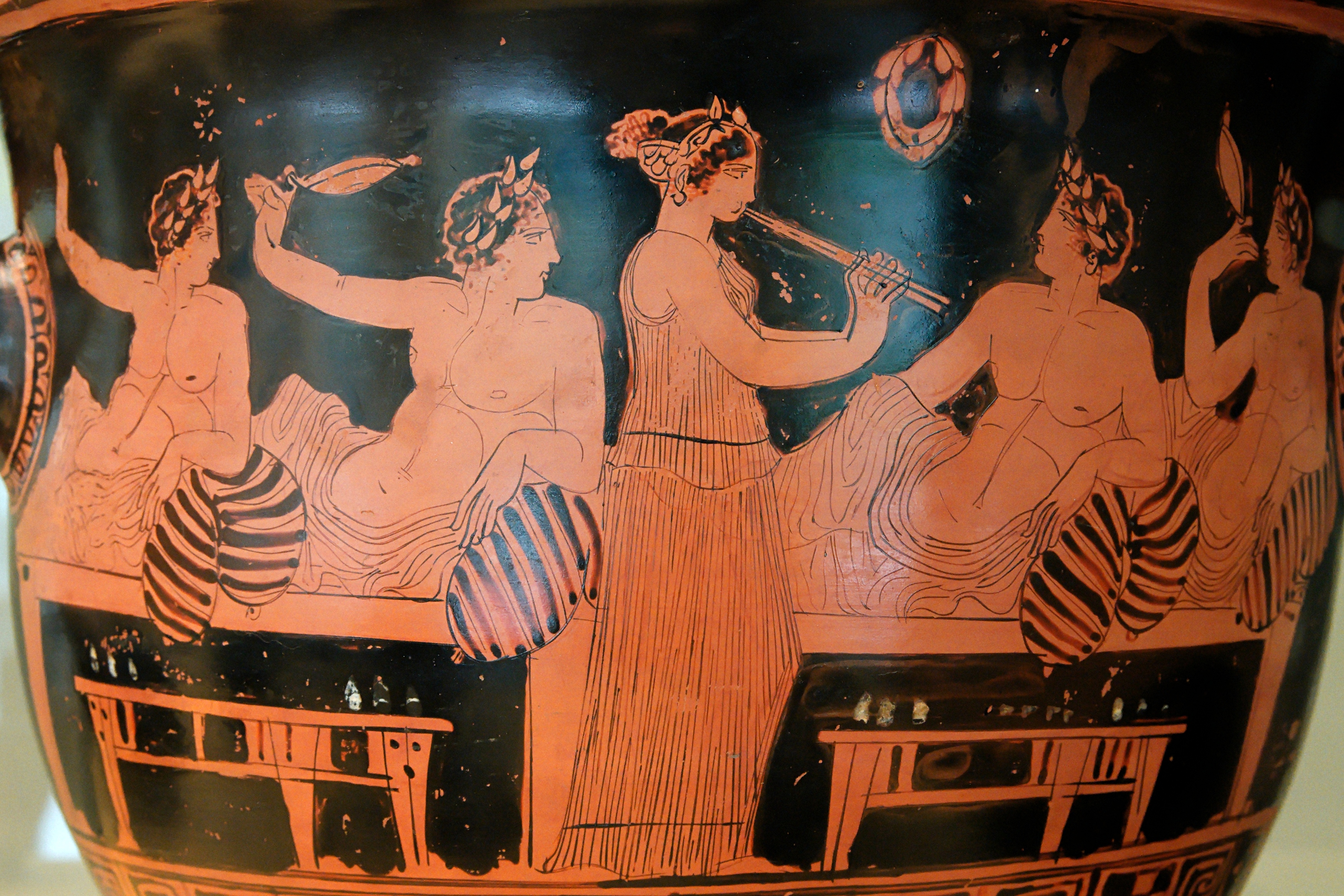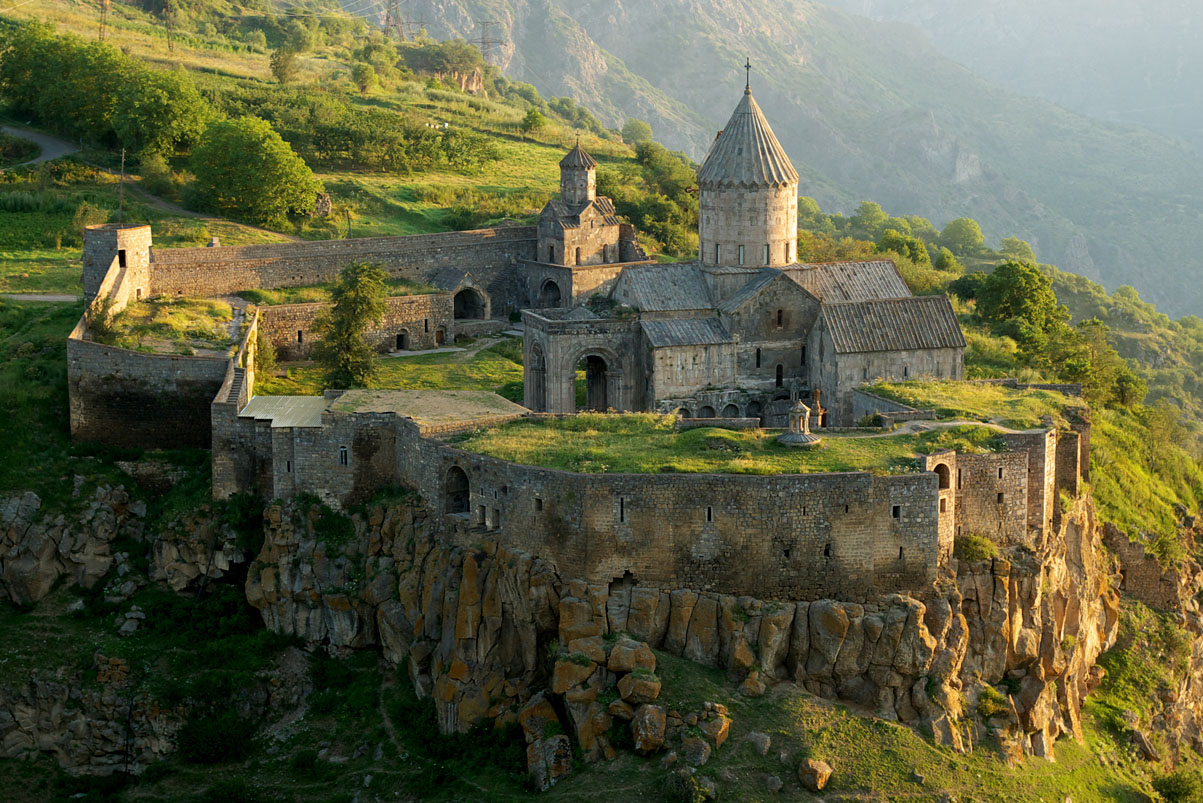|
Pop-culture
Popular culture (also called mass culture or pop culture) is generally recognized by members of a society as a set of practices, beliefs, artistic output (also known as, popular art or mass art) and objects that are dominant or prevalent in a society at a given point in time. Popular culture also encompasses the activities and feelings produced as a result of interaction with these dominant objects. The primary driving force behind popular culture is the mass appeal, and it is produced by what cultural analyst Theodor Adorno refers to as the "culture industry". Heavily influenced in modern times by mass media, this collection of ideas permeates the everyday lives of people in a given society. Therefore, popular culture has a way of influencing an individual's attitudes towards certain topics. However, there are various ways to define pop culture. Because of this, popular culture is something that can be defined in a variety of conflicting ways by different people across dif ... [...More Info...] [...Related Items...] OR: [Wikipedia] [Google] [Baidu] |
Fashion
Fashion is a form of self-expression and autonomy at a particular period and place and in a specific context, of clothing, footwear, lifestyle, accessories, makeup, hairstyle, and body posture. The term implies a look defined by the fashion industry as that which is ''trending''. Everything that is considered ''fashion'' is available and popularized by the fashion system (industry and media). Given the rise in mass production of commodities and clothing at lower prices and global reach, sustainability has become an urgent issue among politicians, brands, and consumers. Definitions The French word , meaning "fashion", dates as far back as 1482, while the English word denoting something "in style" dates only to the 16th century. Other words exist related to concepts of style and appeal that precede ''mode''. In the 12th and 13th century Old French the concept of elegance begins to appear in the context of aristocratic preferences to enhance beauty and display refinement, an ... [...More Info...] [...Related Items...] OR: [Wikipedia] [Google] [Baidu] |
Society
A society is a group of individuals involved in persistent social interaction, or a large social group sharing the same spatial or social territory, typically subject to the same political authority and dominant cultural expectations. Societies are characterized by patterns of relationships (social relations) between individuals who share a distinctive culture and institutions; a given society may be described as the sum total of such relationships among its constituent of members. In the social sciences, a larger society often exhibits stratification or dominance patterns in subgroups. Societies construct patterns of behavior by deeming certain actions or concepts as acceptable or unacceptable. These patterns of behavior within a given society are known as societal norms. Societies, and their norms, undergo gradual and perpetual changes. Insofar as it is collaborative, a society can enable its members to benefit in ways that would otherwise be difficult on an individua ... [...More Info...] [...Related Items...] OR: [Wikipedia] [Google] [Baidu] |
Entertainment
Entertainment is a form of activity that holds the attention and interest of an audience or gives pleasure and delight. It can be an idea or a task, but is more likely to be one of the activities or events that have developed over thousands of years specifically for the purpose of keeping an audience's attention. Although people's attention is held by different things because individuals have different preferences, most forms of entertainment are recognisable and familiar. Storytelling, music, drama, dance, and different kinds of performance exist in all cultures and were supported in royal courts and developed into sophisticated forms, over time becoming available to all citizens. The process has been accelerated in modern times by an entertainment industry that records and sells entertainment products. Entertainment evolves and can be adapted to suit any scale, ranging from an individual who chooses a private entertainment from a now enormous array of pre-recorded p ... [...More Info...] [...Related Items...] OR: [Wikipedia] [Google] [Baidu] |
Folk Culture
Folklore is shared by a particular group of people; it encompasses the traditions common to that culture, subculture or group. This includes oral traditions such as Narrative, tales, legends, proverbs and jokes. They include material culture, ranging from traditional building styles common to the group. Folklore also includes Tradition, customary lore, taking actions for folk beliefs, the forms and rituals of celebrations such as Christmas and weddings, folk dances and Rite of passage, initiation rites. Each one of these, either singly or in combination, is considered a Cultural artifact, folklore artifact or Cultural expressions, traditional cultural expression. Just as essential as the form, folklore also encompasses the transmission of these artifacts from one region to another or from one generation to the next. Folklore is not something one can typically gain in a formal school curriculum or study in the fine arts. Instead, these traditions are passed along informally from o ... [...More Info...] [...Related Items...] OR: [Wikipedia] [Google] [Baidu] |
Slang
Slang is vocabulary (words, phrases, and linguistic usages) of an informal register, common in spoken conversation but avoided in formal writing. It also sometimes refers to the language generally exclusive to the members of particular in-groups in order to establish group identity, exclude outsiders, or both. The word itself came about in the 18th century and has been defined in multiple ways since its conception. Etymology of the word ''slang'' In its earliest attested use (1756), the word ''slang'' referred to the vocabulary of "low" or "disreputable" people. By the early nineteenth century, it was no longer exclusively associated with disreputable people, but continued to be applied to usages below the level of standard educated speech. In Scots dialect it meant "talk, chat, gossip", as used by Aberdeen poet William Scott in 1832: "The slang gaed on aboot their war'ly care." In northern English dialect it meant "impertinence, abusive language". The origin of the word is ... [...More Info...] [...Related Items...] OR: [Wikipedia] [Google] [Baidu] |
Technology
Technology is the application of knowledge to reach practical goals in a specifiable and reproducible way. The word ''technology'' may also mean the product of such an endeavor. The use of technology is widely prevalent in medicine, science, industry, communication, transportation, and daily life. Technologies include physical objects like utensils or machines and intangible tools such as software. Many technological advancements have led to societal changes. The earliest known technology is the stone tool, used in the prehistoric era, followed by fire use, which contributed to the growth of the human brain and the development of language in the Ice Age. The invention of the wheel in the Bronze Age enabled wider travel and the creation of more complex machines. Recent technological developments, including the printing press, the telephone, and the Internet have lowered communication barriers and ushered in the knowledge economy. While technology contributes to econom ... [...More Info...] [...Related Items...] OR: [Wikipedia] [Google] [Baidu] |
Politics
Politics (from , ) is the set of activities that are associated with making decisions in groups, or other forms of power relations among individuals, such as the distribution of resources or status. The branch of social science that studies politics and government is referred to as political science. It may be used positively in the context of a "political solution" which is compromising and nonviolent, or descriptively as "the art or science of government", but also often carries a negative connotation.. The concept has been defined in various ways, and different approaches have fundamentally differing views on whether it should be used extensively or limitedly, empirically or normatively, and on whether conflict or co-operation is more essential to it. A variety of methods are deployed in politics, which include promoting one's own political views among people, negotiation with other political subjects, making laws, and exercising internal and external force, including wa ... [...More Info...] [...Related Items...] OR: [Wikipedia] [Google] [Baidu] |
Cultural Heritage Tourism
Cultural heritage tourism (or just heritage tourism) is a branch of tourism oriented towards the cultural heritage of the location where tourism is occurring. The National Trust for Historic Preservation in the United States defines heritage tourism as "traveling to experience the places, artifacts and activities that authentically represent the stories and people of the past", and "heritage tourism can include cultural, historic and natural resources". Culture Culture has always been a major part of travel, as the development of the Grand Tour from the 16th century onwards attests. In the 20th century, some people have claimed, culture ceased to be the objective of tourism; tourism is now culture. Cultural attractions play an important role in tourism at all levels, from the global highlights of world culture to attractions that underpin local identities. Culture, heritage and the arts have long contributed to appeal of tourist destination. However, in recent years 'culture ... [...More Info...] [...Related Items...] OR: [Wikipedia] [Google] [Baidu] |
Cultural Icon
A cultural icon is a person or an artifact that is identified by members of a culture as representative of that culture. The process of identification is subjective, and "icons" are judged by the extent to which they can be seen as an authentic symbol of that culture. When individuals perceive a cultural icon, they relate it to their general perceptions of the cultural identity represented. Cultural icons can also be identified as an authentic representation of the practices of one culture by another. In popular culture and elsewhere, the term "iconic" is used to describe a wide range of people, places, and things. Some commentators believe that the word "iconic" is overused. Examples According to the ''Canadian Journal of Communication'', academic literature has described all of the following as "cultural icons": "Shakespeare, Oprah, Batman, Anne of Green Gables, the Cowboy, the 1960s female pop singer, the horse, Las Vegas, the library, the Barbie doll, DNA, and the New York ... [...More Info...] [...Related Items...] OR: [Wikipedia] [Google] [Baidu] |
News
News is information about current events. This may be provided through many different Media (communication), media: word of mouth, printing, Mail, postal systems, broadcasting, Telecommunications, electronic communication, or through the testimony of Witness, observers and witnesses to events. News is sometimes called "hard news" to differentiate it from soft media. Common topics for news reports include war, government, politics, education, health, the Climate change, environment, economy, business, fashion, entertainment, and sport, as well as Wikipedia:Unusual articles, quirky or unusual events. Government proclamations, concerning Monarchy, royal ceremonies, Law, laws, Tax, taxes, public health, and Crime, criminals, have been dubbed news since ancient times. Technology, Technological and Social change, social developments, often driven by government communication and espionage networks, have increased the speed with which news can spread, as well as influenced its conten ... [...More Info...] [...Related Items...] OR: [Wikipedia] [Google] [Baidu] |
Sport
Sport pertains to any form of Competition, competitive physical activity or game that aims to use, maintain, or improve physical ability and Skill, skills while providing enjoyment to participants and, in some cases, entertainment to spectators. Sports can, through casual or organized participation, improve participants' physical health. Hundreds of sports exist, from those between single contestants, through to those with hundreds of simultaneous participants, either in teams or competing as individuals. In certain sports such as racing, many contestants may compete, simultaneously or consecutively, with one winner; in others, the contest (a ''match'') is between two sides, each attempting to exceed the other. Some sports allow a "tie" or "draw", in which there is no single winner; others provide tie-breaking methods to ensure one winner and one loser. A number of contests may be arranged in a tournament producing a champion. Many sports leagues make an annual champion by ar ... [...More Info...] [...Related Items...] OR: [Wikipedia] [Google] [Baidu] |
Video Games
Video games, also known as computer games, are electronic games that involves interaction with a user interface or input device such as a joystick, game controller, controller, computer keyboard, keyboard, or motion sensing device to generate visual feedback. This feedback mostly commonly is shown on a video display device, such as a TV set, computer monitor, monitor, touchscreen, or virtual reality headset. Some computer games do not always depend on a graphics display, for example List of text-based computer games, text adventure games and computer chess can be played through teletype printers. Video games are often augmented with audio feedback delivered through loudspeaker, speakers or headphones, and sometimes with other types of feedback, including haptic technology. Video games are defined based on their computing platform, platform, which include arcade video games, console games, and PC game, personal computer (PC) games. More recently, the industry has expanded on ... [...More Info...] [...Related Items...] OR: [Wikipedia] [Google] [Baidu] |










